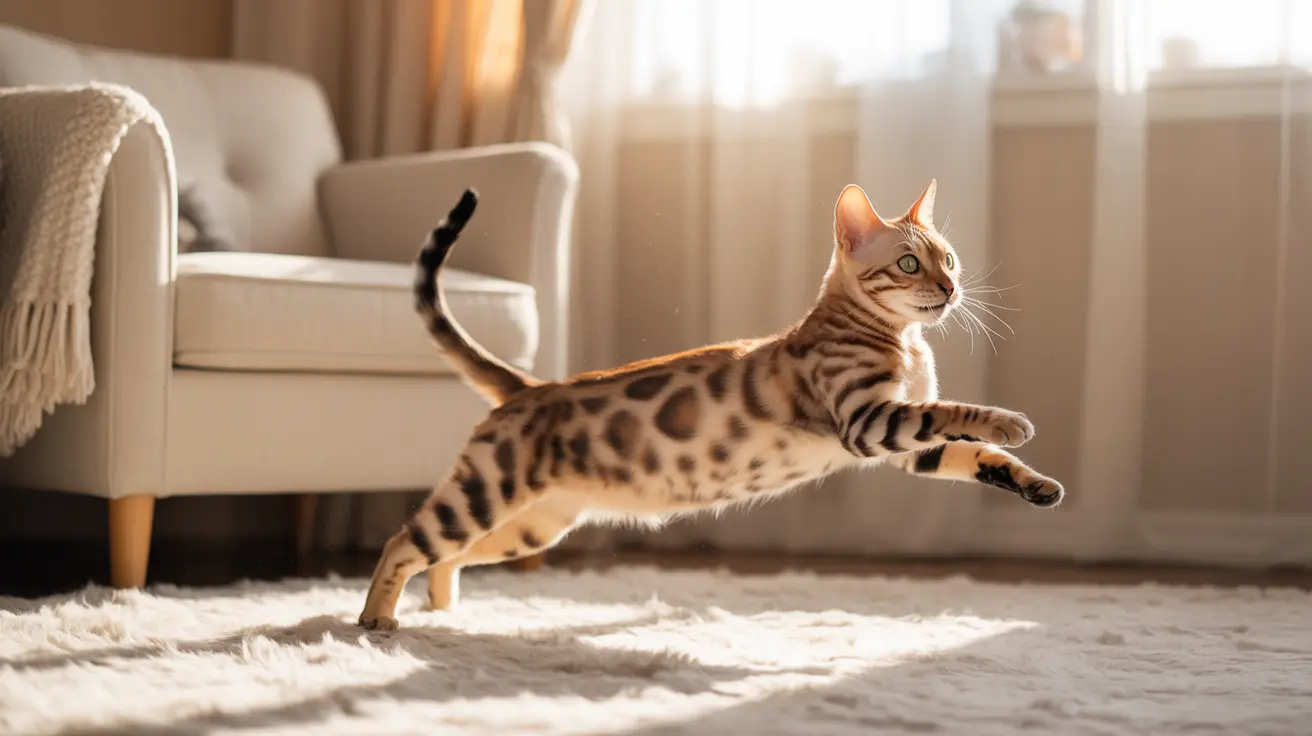Natural Play and Development
Kittens and young cats naturally chase their tails as part of their developmental process. This behavior helps them develop coordination, balance, and hunting skills. Just like pouncing on toys or batting at strings, tail-chasing is a way for young cats to practice their predatory instincts in a safe, playful manner.
Most cats will gradually outgrow this behavior as they mature, though some may continue the habit occasionally throughout their adult lives. This is particularly true for indoor cats who maintain more kitten-like behaviors into adulthood.
Signs of Boredom or Understimulation
Adult cats who frequently chase their tails might be telling you they need more enrichment in their environment. Indoor cats, especially, require various forms of mental and physical stimulation to stay happy and healthy. Without adequate entertainment, they may resort to tail-chasing as a way to create their own excitement.
- Installing cat trees and climbing structures
- Providing interactive toys and puzzle feeders
- Scheduling regular play sessions
- Creating window-watching opportunities
Medical and Behavioral Concerns
Sometimes, tail-chasing can indicate underlying health issues that require veterinary attention. These may include:
- Flea infestations or skin allergies
- Anal gland problems
- Neurological conditions like feline hyperesthesia
- Stress or anxiety disorders
If your cat suddenly starts chasing their tail obsessively or shows signs of aggression toward their tail, it's important to consult with a veterinarian. This is especially crucial if you notice any physical symptoms like skin irritation, hair loss, or self-inflicted injuries.
Stress and Environmental Factors
Changes in your cat's environment can trigger tail-chasing behavior. Common stressors include:
- Moving to a new home
- Introduction of new pets
- Changes in routine
- Loud noises or construction
- Lack of safe spaces or territory
Creating a stable, enriching environment with plenty of hiding spots and vertical spaces can help reduce stress-related behaviors. Some cats may also benefit from calming aids or pheromone products recommended by their veterinarian.
Prevention and Management
To ensure your cat's tail-chasing remains within healthy bounds:
- Maintain a consistent daily routine
- Provide plenty of environmental enrichment
- Ensure regular veterinary check-ups
- Monitor for changes in behavior or physical symptoms
- Address any signs of stress or anxiety promptly
Frequently Asked Questions
Why does my kitten chase her tail so much during play?
Kittens chase their tails as part of normal development and play behavior. This activity helps them develop coordination, balance, and hunting skills. It's a natural and healthy part of kitten growth that usually decreases with age.
Can tail chasing in adult cats be a sign of boredom or stress?
Yes, adult cats may chase their tails due to boredom or stress, particularly if they lack adequate environmental enrichment or are experiencing anxiety. This behavior can signal a need for more stimulation or attention to environmental stressors.
What medical conditions can cause a cat to chase or bite her tail?
Several medical conditions can trigger tail-chasing, including flea infestations, skin allergies, anal gland problems, neurological issues like feline hyperesthesia, and pain or injury in the tail area.
How can I prevent my cat from chasing her tail excessively?
Provide plenty of environmental enrichment, regular play sessions, and appropriate toys. Ensure your cat has adequate exercise opportunities and address any potential sources of stress. Maintain regular veterinary check-ups to catch any medical issues early.
When should I take my cat to the vet if she starts chasing her tail suddenly?
Consult a veterinarian if your cat suddenly starts chasing their tail obsessively, shows signs of aggression toward their tail, exhibits physical symptoms like skin irritation or hair loss, or if the behavior interferes with normal daily activities.
Conclusion
While tail-chasing is often a harmless and entertaining behavior, understanding its various causes helps ensure your cat's well-being. By providing appropriate enrichment, monitoring for concerning changes, and seeking veterinary care when needed, you can help your feline friend maintain a healthy relationship with their tail and overall happy lifestyle.






